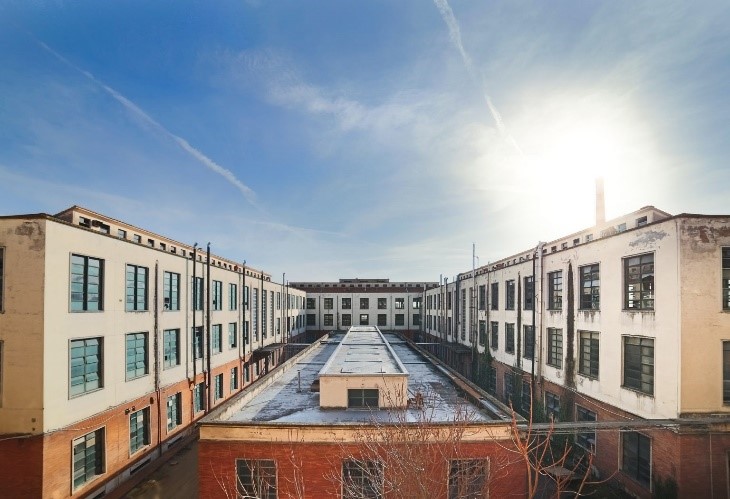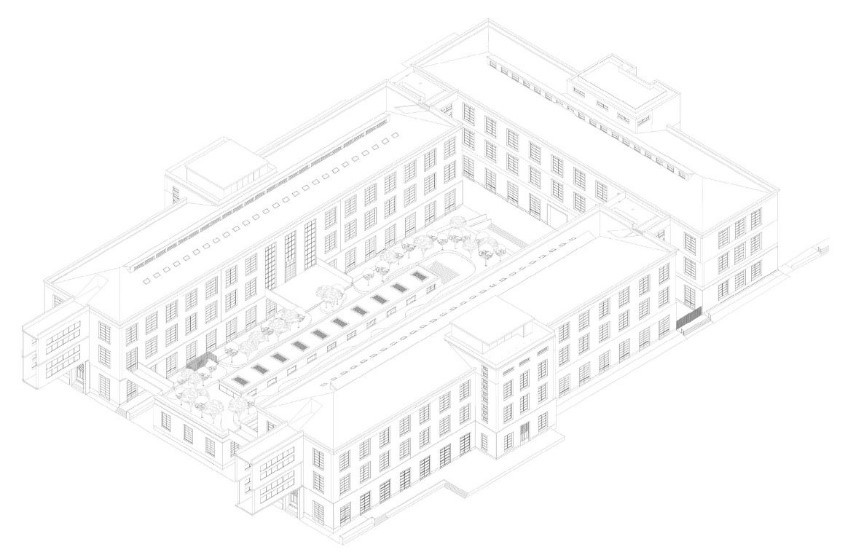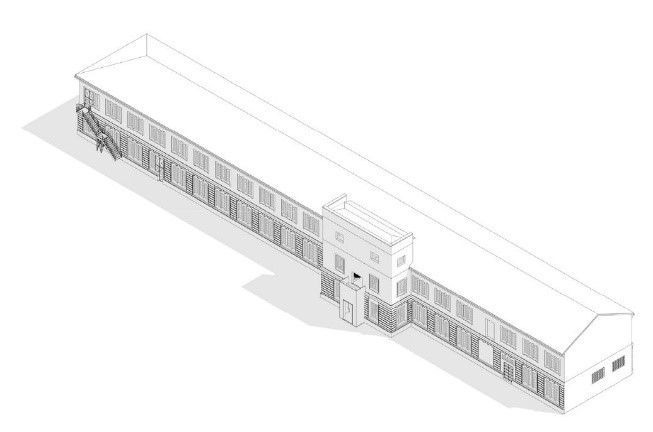AUTORE: Andrea Migliosi
TUTORS: Ing. Alessandro Zichi, Arch. Beatrice Fanchini
INTERNSHIP: Greenwich Srl
MASTER: Master in “Sustainability and energy management in Construction works” a.a 2020/21
Sebbene al giorno d’oggi il tema della sostenibilità ambientale abbia progressivamente assunto un ruolo sempre più rilevante, spesso si ignora quanto siano gravosi i reali impatti ambientali dovuti al settore edilizio. Basandosi sui dati del rapporto della Global Alliance for Buildings and Construction presentato alla COP25 di Madrid, ben il 39% delle emissioni totali globali di CO2 sono dovute al ciclo di vita degli edifici, così come il 36% del consumo energetico, il 50% del consumo di materie prime e circa un terzo del consumo globale di acqua potabile. Appare evidente, pertanto, che volendo perseguire la strada della sostenibilità, il primo settore in cui si necessita di una svolta nell’approccio è proprio quello edilizio.
In quest’ottica risultano di sempre maggior interesse i protocolli di certificazione energetica ambientale, strumenti promossi da enti terzi che permettono di valutare l’impatto degli interventi già in fase di progettazione, e mitigarlo adottando le misure da essi consigliati. Riconosciuta la potenzialità di questi strumenti, tra cui si annoverano CasaClima, ITACA, LEED, BREEAM e WELL, sempre più istituzioni, associazioni e soggetti privati stanno intraprendendo questo percorso per i propri patrimoni immobiliari.
È proprio in quest’ottica che si colloca la riqualificazione del complesso di Manifattura Tabacchi a Firenze, stabilimento industriale edificato negli anni 30 e dismesso dal 2001 i cui 100.000 mq di superficie coperta sono oggetto di certificazione secondo vari protocolli.
Il presente lavoro di tesi si occupa di analizzare il percorso intrapreso per l’ottenimento della certificazione secondo il protocollo BREEAM Refurbishment and Fit-Out 2015 per gli edifici B4, B5, B11 e B12, partendo da una descrizione di ciascun edificio e dei principi progettuali. In seguito, per ognuno di essi, viene illustrata la strategia individuata riportando la relativa scorecard, con una descrizione dei vari crediti e con un’analisi delle scelte progettuali che hanno portato a perseguire il livello di certificazione BREEAM Excellent.
L’adozione delle misure consigliate dal manuale e la scelta di stabilire fin da subito una strategia da seguire per la certificazione ha permesso di creare uno strumento che fungesse da riferimento per progettisti, proprietari e per tutti gli attori coinvolti nel processo. Così facendo è stato possibile perseguire con facilità l’Interim Certification per gli edifici B4, B5 e B11, e iniziare quindi la fase di cantiere con la consapevolezza di essere sulla buona strada per realizzare un polo di grande valore per la comunità, che vada ad impattare positivamente sulla sostenibilità del luogo stesso e dell’ambiente circostante.
FOR INTERNATIONAL STUDENTS:
Although the issue of environmental sustainability has nowadays become increasingly important, it is often ignored how serious the real environmental impacts due to the construction sector are. Based on data from the report of the Global Alliance for Buildings and Construction presented at COP25 in Madrid, 39% of total global CO2 emissions are due to the life cycle of buildings, as well as 36% of energy consumption, 50% of the consumption of raw materials and about one third of the total consumption of drinking water. It is clear, therefore, that if we want to pursue the path of sustainability, the first sector in which we need a breakthrough in the approach is the building one.
In this perspective, the protocols of environmental energy certification, tools promoted by third parties that allow to assess the impact of the interventions already in the design phase, and mitigate it by adopting the measures they recommend. Recognized the potential of these tools, including casaclima, ITACA, LEED, BREEAM and WELL, more and more institutions, associations and private individuals are undertaking this path for their real estate assets.
It is precisely in this perspective that the redevelopment of the complex of Manifattura Tabacchi in Florence, an industrial plant built in the 1930s and abandoned since 2001, whose 100,000 square meters of covered area are subject to certification according to various protocols.
The present thesis deals with the analysis of the path taken to obtain the certification according to the protocol BREEAM Refurbishment and Fit-Out 2015 for buildings B4, B5, B11 and B12, starting from a description of each building and design principles., Then, for each of them, is illustrated the strategy identified by reporting the relevant scorecard, with a description of the various credits and an analysis of the design choices that led to pursue the level of certification BREEAM Excellent.
The adoption of the measures recommended by the manual and the decision to immediately establish a strategy to follow for certification allowed to create a tool that would serve as a reference for designers, owners and all the actors involved in the process. In this way it was possible to easily pursue the Interim Certification for buildings B4, B5 and B11, and then start the construction phase with the awareness of being on the right track to achieve a pole of great value for the community, that will have a positive impact on the sustainability of the place itself and the surrounding environment.



